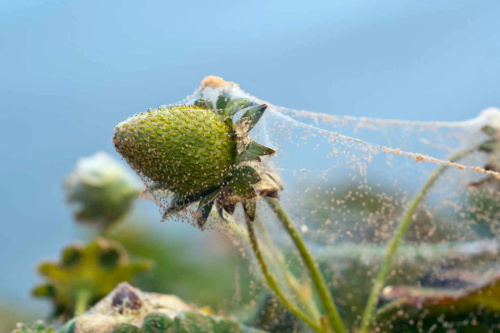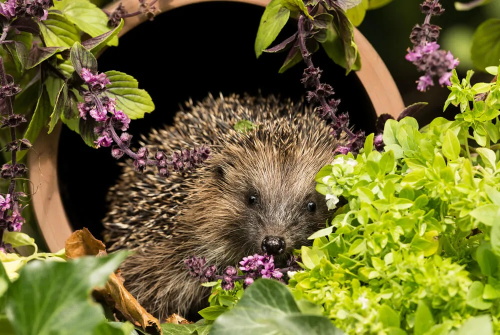
Spider mites thrive in hot, dusty conditions and reproduce rapidly—often completing a generation in as little as a week when temperatures climb above 80 °F, making them especially aggressive pests in summer gardens. Early detection hinges on recognizing tiny pale specks (stippling) where mites have pierced leaf cells and sap begins to leak, followed by fine silken webbing on leaf undersides as populations grow. If left unchecked, heavy feeding causes leaves to yellow, bronze, and drop prematurely, weakening plants and reducing yields. Cultural controls—such as blasting leaves with a strong water spray, increasing ambient humidity, and removing heavily infested foliage—can dramatically reduce mite numbers without chemicals. Introducing natural predators like Phytoseiulus persimilis or lady beetles offers a biological line of defense, while organic miticides (neem oil, horticultural oils, insecticidal soaps) provide targeted suppression when infestations are severe.
The Importance of Early Detection
Spider mites overwinter as mated females hidden under bark or leaf litter and emerge in spring to colonize new growth. A small unnoticed colony can balloon into an outbreak under dry, hot conditions, so weekly inspections—especially on the undersides of leaves—are vital. By catching stippling early, gardeners can intervene before webbing appears, reducing the need for repeated treatments and safeguarding beneficial insects.
Recognizing the Culprits
Examine leaf surfaces for fine, light mottling, then use a 10x10 hand lens to see eggs on the undersides, cast skins, and yellowish mites. As colonies mature, silken webs between leaf veins and at stem junctions become evident, and severe feeding leads to bronzing and leaf drop. Because many miticides do not affect eggs, early cultural measures are critical to break the reproductive cycle.
Cultural and Mechanical Controls
A powerful jet of water can physically dislodge up to 90 percent of mites and their eggs; focus sprays on both leaf surfaces and repeat every 4–7 days until damage subsides. Increasing humidity through misting or overhead watering makes environments less favorable for spider mites, which prefer dry air. Cleaning up fallen leaves and pruning out heavily infested branches removes refuges where mites reproduce.
Biological Allies
Predatory mites like Phytoseiulus persimilis hunt all stages of spider mites and can collapse infestations when released at the first signs of webbing. Lady beetles, lacewings, and predatory midges (Feltiella acarisuga) further bolster biological control, especially in greenhouse and indoor settings.
Organic Miticides
Neem oil, horticultural oils, and insecticidal soaps act on contact to smother mites and disrupt their feeding; thorough coverage of foliage—including undersides—every 7–10 days is recommended until control is achieved. These treatments pose minimal risk to humans and are biodegradable, but should be applied in early morning or evening to protect pollinators and beneficials.
Integrating into Garden Routine
To keep spider mites at bay, incorporate weekly checks into your watering schedule, isolate new or suspect plants, and maintain plant vigor with adequate moisture and nutrition. After the growing season, clean garden debris and apply dormant oil treatments to suppress overwintering females. By combining vigilant scouting, cultural tweaks, biological allies, and safe miticides, gardeners can “catch the culprits” early and ensure healthy, thriving plants all season long.
Recommend:

Transforming Compact Spaces with Vertical Vegetable Gardens

The Optimal Time to Visit Egypt: Avoiding the Heat and Crowds

6 Ways to Experience the Enchantment of the Amalfi Coast on a Budget

Contemporary Elegance: The Mandarin Oriental, Hong Kong

